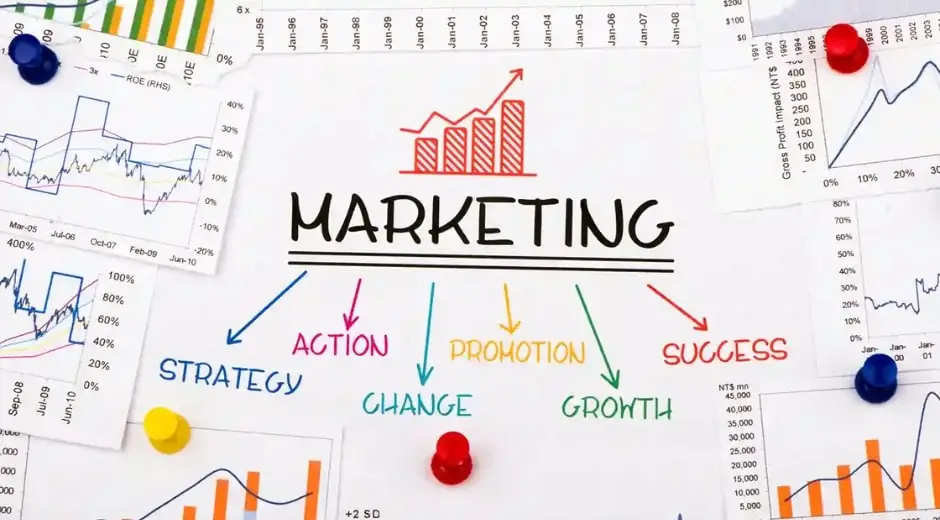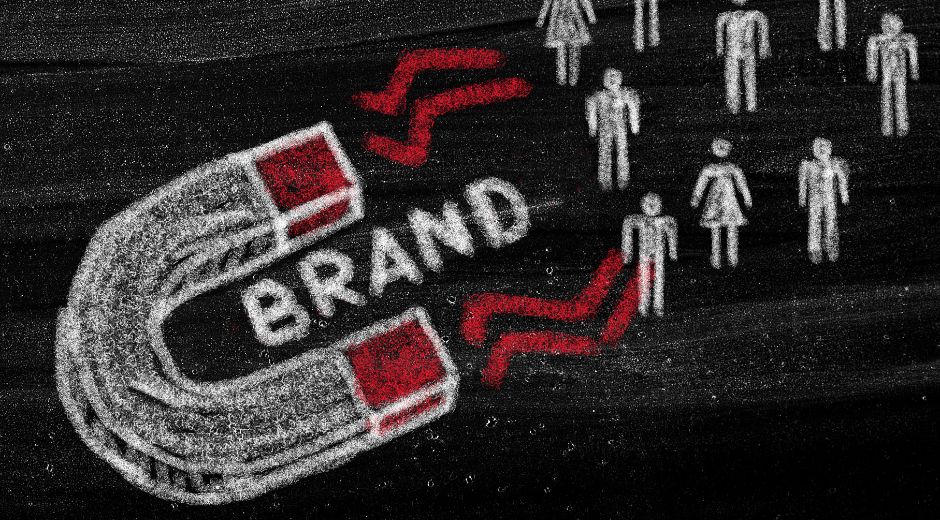Brand Authenticity: The New Currency of Modern Marketing
In today’s fast-paced digital world, audiences can sense pretension faster than ever. The modern consumer no longer falls for hollow slogans or polished promises—they crave realness. That’s where brand authenticity becomes the defining factor that separates thriving brands from those that fade into noise.
Brand authenticity is more than a marketing tactic—it’s a philosophy. It’s about being genuine, consistent, and transparent in everything your brand does. From the tone of your messaging to how your company behaves behind closed doors, authenticity defines credibility.
When consumers believe your brand stands for something real, they respond with trust, loyalty, and advocacy. That emotional connection is now the most valuable form of currency in marketing.
The Meaning Behind Brand Authenticity
Brand authenticity is the alignment between what a brand says and what it does. It’s the consistency between words, actions, and identity.
A truly authentic brand isn’t afraid to show imperfections. It tells honest stories, admits mistakes, and stays grounded in its mission. People don’t expect perfection—they expect truth.
When your brand’s purpose connects with your audience’s values, the relationship transforms from transactional to emotional.
According to a Stackla Consumer Report, 88% of global consumers say authenticity is a key factor in deciding which brands they like and support. That number alone explains why authenticity isn’t optional—it’s survival.
Why Brand Authenticity Matters More Than Ever
In an era dominated by algorithms, influencers, and instant information, the modern audience has developed a radar for insincerity. They can tell when a campaign is performative or when a brand jumps on trends just to appear relevant.
Authenticity cuts through that noise. It humanizes marketing.
Brands built on authenticity don’t need to shout to be heard—they build quiet, loyal communities around shared beliefs.
For example, Patagonia’s environmental advocacy feels real because it’s part of the brand’s DNA. Ben & Jerry’s takes authentic social stances because it aligns with their long-standing mission. And Apple’s consistent design ethos communicates authenticity through creativity and clarity.
Authenticity doesn’t just sell products—it builds belonging.
The Psychology of Authentic Branding
Consumers crave connection. The human brain is wired to seek truth, empathy, and familiarity. That’s why authenticity feels magnetic.
Psychologically, brand authenticity fulfills emotional needs that traditional marketing ignores. When people believe a brand reflects their values, they feel validated. They don’t just see a company—they see themselves.
This sense of identity is powerful. It transforms customers into advocates and communities into movements.
In essence, authenticity creates an emotional mirror.
For deeper insights into the psychology of branding, you can explore Harvard Business Review, which offers extensive research on emotional intelligence in marketing and leadership.
The Four Pillars of Brand Authenticity
Building an authentic brand starts with four fundamental pillars:
Purpose: A clear reason for existing beyond profit.
Consistency: Messaging and actions that remain steady across all platforms.
Transparency: Open communication about both successes and failures.
Empathy: Understanding and reflecting the audience’s real-world needs.
Brands that excel in authenticity embody these principles through every touchpoint—ads, customer service, packaging, and community engagement.
Authentic Storytelling: Your Brand’s Human Voice
Storytelling is where authenticity comes alive. A brand’s story should not sound like a script but like a conversation. It should reveal real experiences, people, and values.
When done right, storytelling makes your audience feel connected, not targeted. It transforms products into experiences and messages into emotions.
The key to brand authenticity is vulnerability. Telling real stories—about challenges, triumphs, or lessons—builds a sense of trust that polished perfection never could.
For instance, when Airbnb launched its “Belong Anywhere” campaign, it didn’t showcase properties. It showcased hosts and travelers, telling stories of connection and diversity. That emotional narrative built loyalty stronger than any discount could.
The Role of Transparency in Modern Marketing
Transparency is the cornerstone of trust. Customers want to know what happens behind the scenes—where products come from, how companies treat their employees, and what values guide their decisions.
Brands that share this openly build deeper trust. They’re not afraid to admit when things go wrong because honesty strengthens credibility.
When LEGO announced its struggle to create fully sustainable bricks, it didn’t hide the difficulty. It shared the journey, earning respect even without perfection.
Transparency communicates confidence and invites customers to be part of the brand’s evolution.
Social Media and the Age of Authentic Engagement
Social media has become the testing ground for brand authenticity. Every post, story, and reply tells people whether your brand truly means what it says.
Audiences reward honesty. Real photos, unfiltered moments, and genuine conversations outperform overproduced content. People want connection, not commercials.
Brands that interact in real time—replying to comments, addressing concerns, and celebrating community—build lasting loyalty.
On BusinessForumHub, marketing experts highlight that authentic engagement leads to stronger retention rates than paid advertising alone. It turns followers into participants.
If you want to explore examples of authentic social storytelling, check Fixolix, where real-world campaigns are analyzed for their emotional and strategic impact.
Consistency Across Every Channel
Authenticity collapses the moment your message contradicts your behavior. Consistency ensures your brand voice stays unified across every channel—website, social platforms, ads, and even customer service.
For example, a brand that preaches sustainability but uses wasteful packaging breaks its promise. Consistency proves sincerity.
Every employee, campaign, and communication should reflect the same values. The stronger your internal culture, the more naturally authenticity shines externally.
The Risks of Inauthentic Branding
Audiences can forgive mistakes but not hypocrisy. Brands that fake values or chase trends they don’t believe in often face public backlash.
Performative activism, false sustainability claims, or borrowed messaging damage credibility. Once trust is lost, rebuilding it is ten times harder.
Inauthentic branding doesn’t just cost reputation—it costs revenue. Consumers quickly abandon brands that seem disconnected from their own messages.
That’s why staying grounded in your mission, even during market pressure, is essential for long-term success.
How to Measure Authenticity in Marketing
Though authenticity is emotional, it can still be measured through engagement and sentiment data. Key indicators include:
High user-generated content and mentions
Repeat purchases and low churn rates
Organic follower growth rather than paid boosts
Positive social sentiment and customer feedback
Brands that track these patterns can see how audiences perceive their truthfulness. Data doesn’t define authenticity, but it confirms whether people feel it.
How Startups Can Build Authentic Brands from Day One
Startups have an advantage—they can design authenticity into their DNA before bureaucracy sets in. To do this effectively:
Define your mission clearly. Ask why your brand exists.
Speak in a consistent voice—approachable, clear, and human.
Involve your audience in early feedback and decisions.
Be transparent about pricing, sourcing, and mistakes.
Focus on relationships, not reach.
Startups that begin with brand authenticity naturally scale trust alongside growth.
Case Studies: Brands That Built Authentic Success
Glossier: Built an empire by listening to customers, not dictating to them. Every product emerged from community feedback.
TOMS: Its “One for One” initiative turned a simple purchase into a symbol of purpose.
Dr. Martens: Its brand story thrives on rebellion and individuality, remaining true to its origins since the 1960s.
Spotify: Personalization and transparency about data use keep users emotionally connected.
Each of these brands proves that authenticity isn’t just an idea—it’s a strategy.
The Evolution of Brand Authenticity
What started as a marketing trend has become a business philosophy. Authenticity now defines leadership, culture, and communication.
Future-focused brands are not just transparent; they are participatory. They invite audiences to co-create, collaborate, and hold them accountable.
As AI and automation expand, human authenticity will become an even stronger differentiator. People will crave real stories amid synthetic perfection.
Final Thoughts
Brand authenticity is not about being flawless—it’s about being real. In a marketplace saturated with polished illusions, truth is radical.
Brands that stay honest, consistent, and emotionally intelligent will continue to thrive because authenticity builds the one thing no algorithm can manufacture: trust.
In modern marketing, authenticity is the language of loyalty, and trust is the currency of growth.
Simple Entrepreneurship

Strategic Partnerships: The Hidden Power Behind Business Growth and Lasting Networks
Strategic Partnerships explores how collaboration, trust, and shared vision create strong business growth and redefine networking in the modern economy.

Brand Authenticity: The New Currency of Modern Marketing
Brand Authenticity explores how genuine storytelling, trust, and transparency build lasting relationships and drive success in modern marketing.

Sustainable Investing: Building Wealth with Purpose and Long-Term Impact
Sustainable Investing explores how conscious investors combine profitability with social and environmental responsibility to shape a better financial future.

Adaptive Leadership: Guiding Entrepreneurs Through Constant Change
Adaptive Leadership explores how entrepreneurs can navigate uncertainty, motivate teams, and turn change into strategic opportunity in a fast-evolving world.

Collaborative Mindset: Redefining the Power of Modern Networking
Collaborative Mindset explores how cooperation, shared growth, and mutual trust redefine modern networking and create stronger professional communities.

Emotional Branding: The Secret Language of Modern Marketing
Emotional Branding reveals how powerful feelings shape brand loyalty, influence consumer trust, and build authentic long-term connections in modern marketing.

Financial Agility: The Key to Staying Ahead in Modern Business
Financial Agility explores how businesses adapt, plan, and thrive in volatile markets by mastering flexibility, smart resource allocation, and data-driven finance.

Business Resilience: Thriving Through Change and Uncertainty
Business Resilience explores how entrepreneurs adapt, innovate, and thrive in unpredictable markets while turning challenges into long-term opportunities.

Disruptive Scalability: Transforming Entrepreneurial Growth Strategies
Learn how disruptive scalability empowers entrepreneurs to rapidly expand businesses, innovate effectively, and capture emerging market opportunities.













